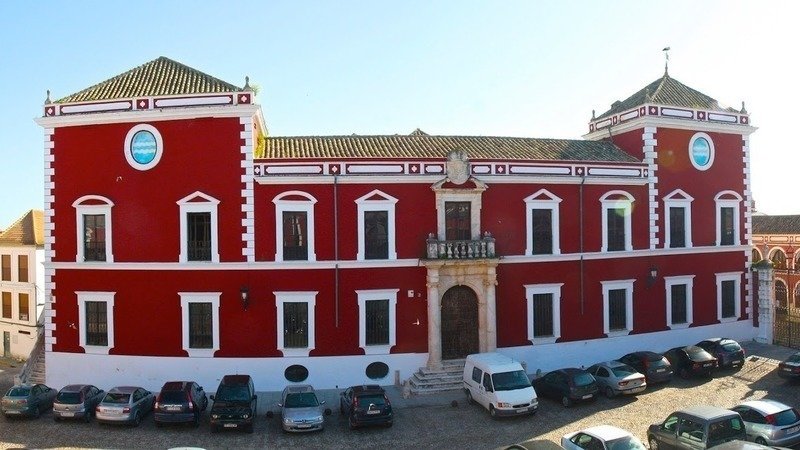
The samples of human accessions in Fernán Núñez's municipal area date back to the low Paleolithic. They have been useful of stone belonging to this epoch in the surrounding areas of the creek Ventogil.
During the Roman epoch, the zone where today one agrees the locality did Iberian - Roman of Ulia belong to the territory of the former city. This one was an accession that included a wide territory between Fernán Núñez y Montemayor's municipal areas.
They have found important archaeological remains of villae Roman, in zones like Valdeconejos or Mudapelo. This denotes an important social position of some of the settlers of Ulia. Remains of mosaics, amphorae or statues found in these zones, they demonstrate a great level of romanización of these lands, managing to coin even currency.
During the Moslem period, this territory concerned to the cora of Cordova. Still today they remain, though in very poor condition, remains of some defensive towers like the tower of Abuse Cáez or the tower of the Watchtower.
In the epoch of the reconquest, the territories were taken by the troops of the king Fernando III, in the year 1240. One of his captains, Fernan Núñez de Témez, got hold of one of the defensive Moslem towers (tower of Hana Abuses), giving his name. The remains of this tower, which at last would give also his name to the village, are integrated to the Ducal Palace and still today they are visible.
The first Christian accession was placing concerning the tower of Cáez Abuses, in the surrounding areas of the current hermitage of the Calvary. Probably it was a question of a settlement of Christians living in Moorish part of Spain. There there was raising a parochial church which bell was found, centuries later, for Juan Criado, an illustrious neighbor of the villa who used her placing it in the reed-mace of the former Hospice of The Charity. The zone was not offering sufficient protection before the sporadic Moslem incursions. D. Diego Gutiérrez of the Rivers and García de Aguayo, in 1385, obtained the permission to move the parish to a surer place, under the protection of newly Fernán Núñez's constructed castle. This one fortification absorbed in his structure to Fernán Núñez's conquered tower. The new parish was constructed it annexes to the castle forming the core of the new accession under the Romanesque related style to the churches linens of Cordova.
During the XVIth and XVIIth century, Fernán Núñez continued growing. Little by little the small village turned into a prosperous and hard-working villa.
Already in the 20th century there begins to be articulated in the locality a labor movement of the anarchistic trend, happening numerous strikes. The advent of the Republic II Spanish is received by a crushing victory of the Popular Front. In this one epoch is tried to carry out an agrarian reform, in order to obtain lands of culture to hire the peasants. This situation provoked the flight of the big owners.

0 Reviews